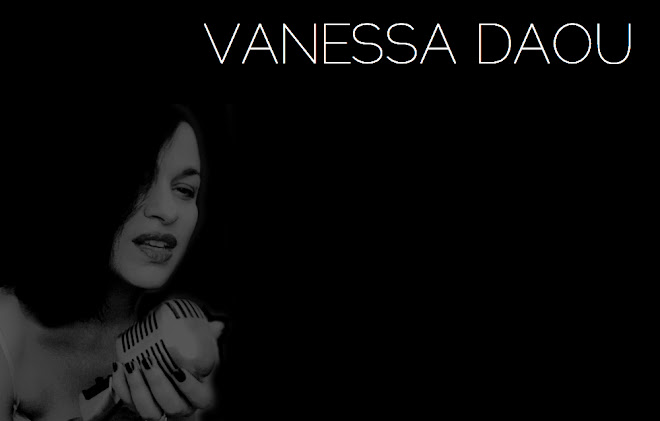Playing with code, text & image . there's so much yet to explore with HTML & Javascrip.
Code is, indeed, Poetry ~
I explored creative applications of HTML & Javascript on my album Joe Sent Me.
Hover over 'Love Lives in the Dark' and watch the words disappear:
Drag & Drop the text / words to create new combinations:










